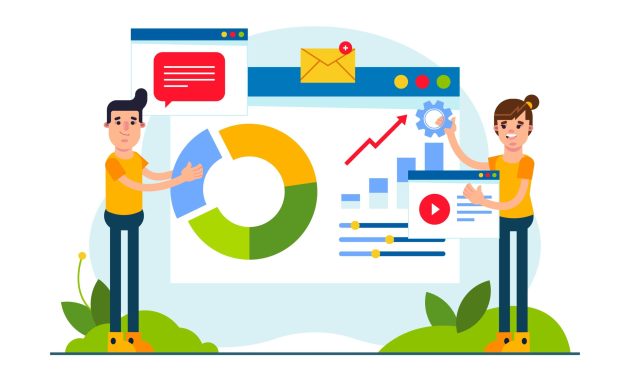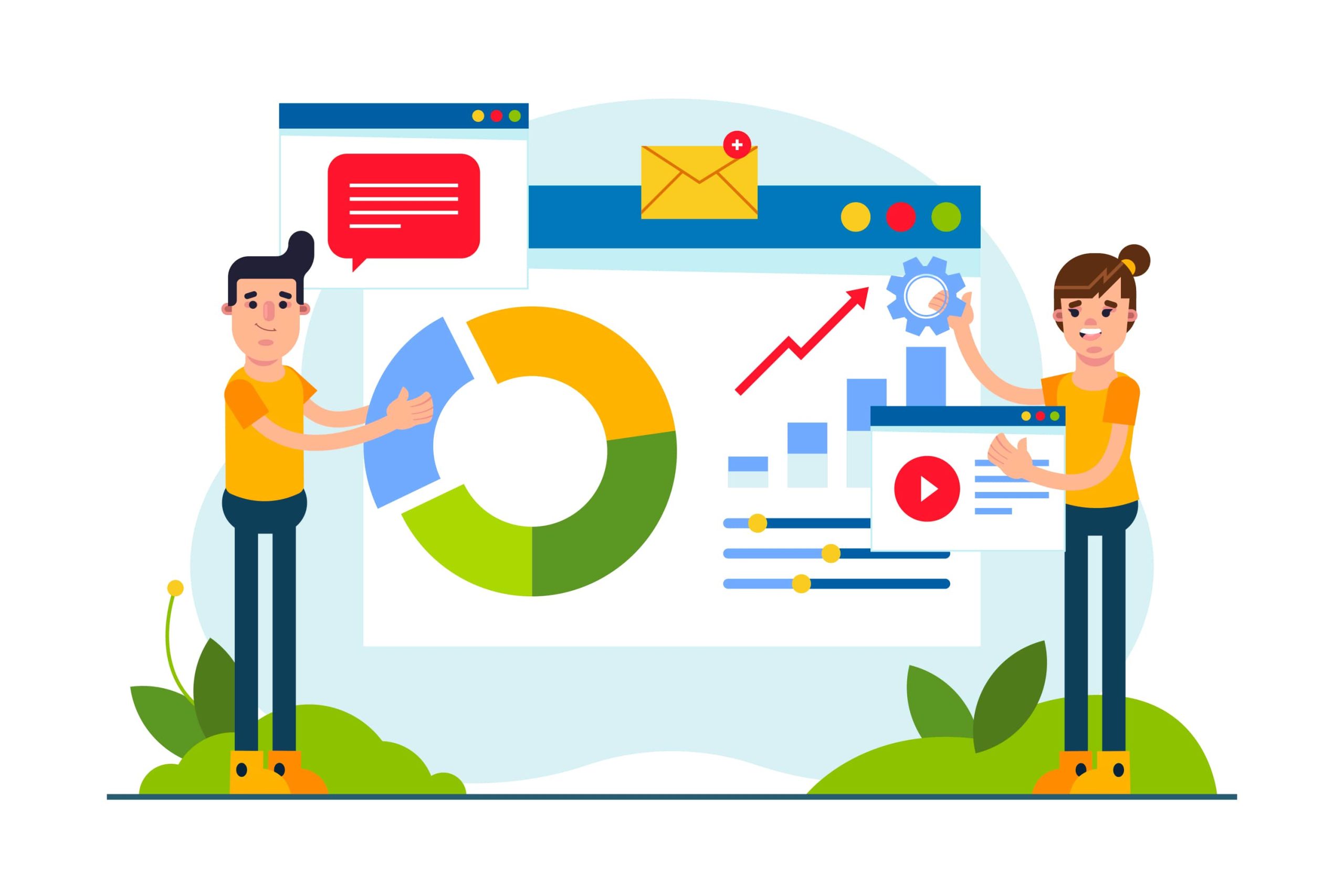
Top 21 Business Intelligence Tools Used by Experts: A Comprehensive Guide
In today’s data-driven world, businesses are drowning in information. Turning this raw data into actionable insights is crucial for success. This is where business intelligence (BI) tools come into play. These tools help organizations collect, analyze, and interpret data, enabling informed decision-making. This article delves into the top 21 business intelligence tools used by experts, providing a comprehensive overview to help you choose the right ones for your needs.
The landscape of business intelligence tools is vast and varied. Selecting the appropriate tool requires careful consideration of factors such as data sources, analytical needs, budget, and technical expertise. This guide aims to simplify this process by highlighting the leading solutions favored by industry professionals. We’ll explore their key features, strengths, and potential use cases. Ultimately, the goal is to empower you to make data-driven decisions with confidence.
Understanding the Importance of Business Intelligence
Before diving into the tools, it’s essential to grasp the significance of business intelligence. BI empowers organizations to:
- Gain a 360-degree view of their operations.
- Identify trends and patterns.
- Optimize processes and improve efficiency.
- Make more accurate forecasts.
- Enhance customer experiences.
By leveraging business intelligence tools, businesses can transform raw data into strategic assets. This leads to better decision-making, increased profitability, and a competitive edge. The right business intelligence tools are investments in the future.
Top Business Intelligence Tools: A Detailed Look
Here’s a detailed look at the top 21 business intelligence tools used by experts, categorized for clarity:
Data Visualization and Reporting Tools
These tools excel at presenting data in visually appealing and easy-to-understand formats. They often feature interactive dashboards and customizable reports.
- Tableau: A leading platform known for its intuitive interface and powerful visualization capabilities. Tableau is a favorite among experts. It excels at data discovery and storytelling.
- Power BI: Microsoft’s offering, seamlessly integrates with other Microsoft products. Power BI offers robust data modeling and analysis capabilities. It is cost-effective and user-friendly.
- Qlik Sense: Known for its associative data modeling engine. Qlik Sense allows users to explore data in a flexible and intuitive manner.
- Looker (Google Cloud): A data-driven platform that emphasizes data governance and collaboration. Looker provides a semantic layer for consistent data definitions.
- Sisense: Focuses on delivering insights to both technical and non-technical users. Sisense offers in-database analytics for speed and scalability.
- Zoho Analytics: A cloud-based BI and analytics platform. Zoho Analytics is known for its ease of use and affordability.
- Domo: Offers a cloud-based platform with strong data integration and collaboration features. Domo is designed for real-time data insights.
Data Warehousing and ETL Tools
These tools focus on data integration, storage, and preparation for analysis. They are crucial for building a solid foundation for business intelligence.
- Amazon Redshift: A fast, fully managed data warehouse service. Amazon Redshift is designed for large-scale data analysis.
- Google BigQuery: A serverless data warehouse. BigQuery is known for its scalability and ease of use.
- Snowflake: A cloud-based data warehouse that offers flexibility and performance. Snowflake is popular for its pay-as-you-go pricing.
- Informatica PowerCenter: A leading ETL (Extract, Transform, Load) tool. Informatica PowerCenter is renowned for its data integration capabilities.
- Talend: An open-source data integration platform. Talend provides a cost-effective solution for data preparation.
- Azure Synapse Analytics: Microsoft’s data warehousing and analytics service. Azure Synapse Analytics integrates seamlessly with other Azure services.
Advanced Analytics and Data Science Tools
These tools provide advanced analytical capabilities, including predictive modeling and machine learning.
- Alteryx: A self-service data analytics platform. Alteryx empowers users to perform complex analyses without coding.
- KNIME: An open-source data analytics platform. KNIME is known for its visual workflow design.
- RapidMiner: A data science platform for building and deploying predictive models. RapidMiner offers a user-friendly interface.
- Dataiku: A collaborative data science platform. Dataiku facilitates teamwork and knowledge sharing.
Specialized Business Intelligence Tools
These tools cater to specific industries or use cases.
- MicroStrategy: A comprehensive BI platform with a focus on security and scalability. MicroStrategy is often used by large enterprises.
- SAS Business Intelligence: A suite of analytical tools. SAS is renowned for its statistical analysis capabilities.
- Board: A unified platform for planning, forecasting, and business intelligence. Board combines BI and performance management.
- Yellowfin: A business intelligence platform. Yellowfin is known for its collaborative features.
Choosing the Right Business Intelligence Tool
Selecting the appropriate business intelligence tool depends on several factors. Evaluate your specific needs and consider the following:
- Data Sources: Identify the sources of your data. Ensure the tool supports integration with your data sources.
- Analytical Needs: Determine the types of analyses you need to perform. Some tools are better suited for specific tasks.
- Budget: Consider the total cost of ownership, including software, hardware, and training.
- Technical Expertise: Assess the technical skills of your team. Choose a tool that matches their capabilities.
- Scalability: Ensure the tool can handle your growing data volumes and user base.
- Ease of Use: Prioritize tools with intuitive interfaces and user-friendly features.
Implementation Best Practices
Successfully implementing a business intelligence solution requires careful planning and execution. Follow these best practices:
- Define Clear Objectives: Establish clear goals for your BI project.
- Data Preparation: Clean and prepare your data for analysis.
- User Training: Provide adequate training to your team.
- Data Governance: Implement data governance policies.
- Iterative Approach: Start small and iterate based on feedback.
- Monitor and Evaluate: Regularly monitor the performance of your BI solution.
The Future of Business Intelligence
The business intelligence landscape is constantly evolving. Key trends include:
- Artificial Intelligence (AI) and Machine Learning (ML): AI and ML are being integrated into BI tools. This improves automation and predictive analytics.
- Cloud-Based Solutions: Cloud-based BI platforms are becoming increasingly popular. These offer scalability and flexibility.
- Self-Service BI: Empowering business users to access and analyze data independently.
- Data Democratization: Making data accessible to everyone in the organization.
- Focus on Data Storytelling: Presenting data insights in a compelling and easy-to-understand manner.
As business intelligence tools continue to evolve, businesses that embrace these technologies will gain a significant competitive advantage. By understanding the top business intelligence tools used by experts, you can position your organization for success in the data-driven era. Remember that the best business intelligence tools are the ones that best fit your specific needs. Continuous evaluation and adaptation are key.
Conclusion
Selecting the right business intelligence tools is a strategic decision. It empowers businesses to unlock the value of their data. This guide provides a comprehensive overview of the top 21 business intelligence tools used by experts. By understanding their features and capabilities, you can make informed decisions and drive better business outcomes. The future of business intelligence is bright, offering exciting opportunities for organizations that embrace data-driven strategies. Choose the right tools. Empower your team. Transform your data into a competitive advantage. Remember to always prioritize data security and privacy.
[See also: Related Article Titles]

